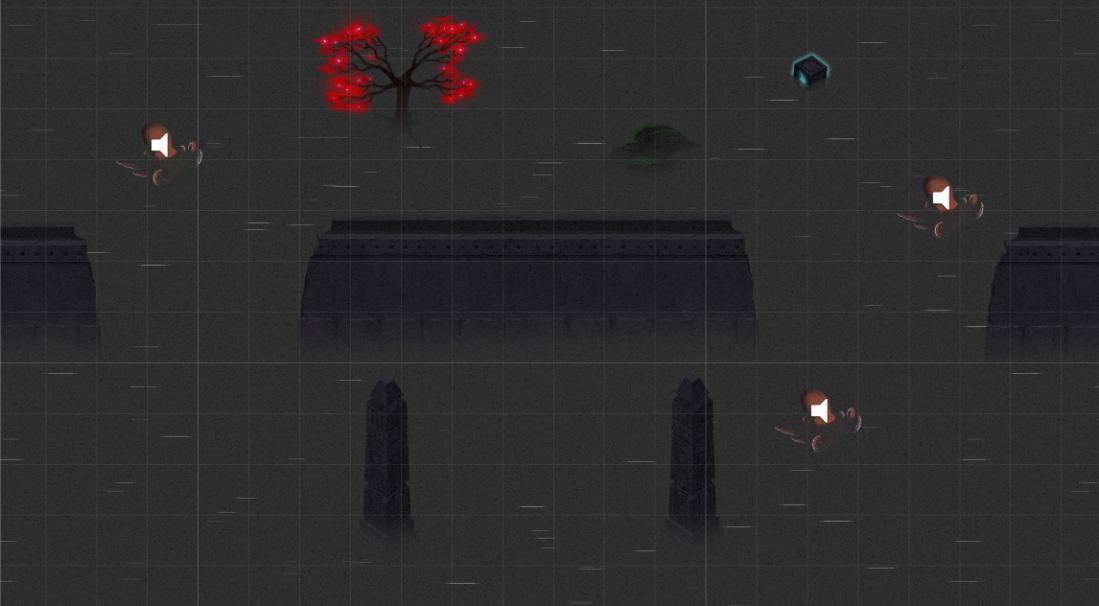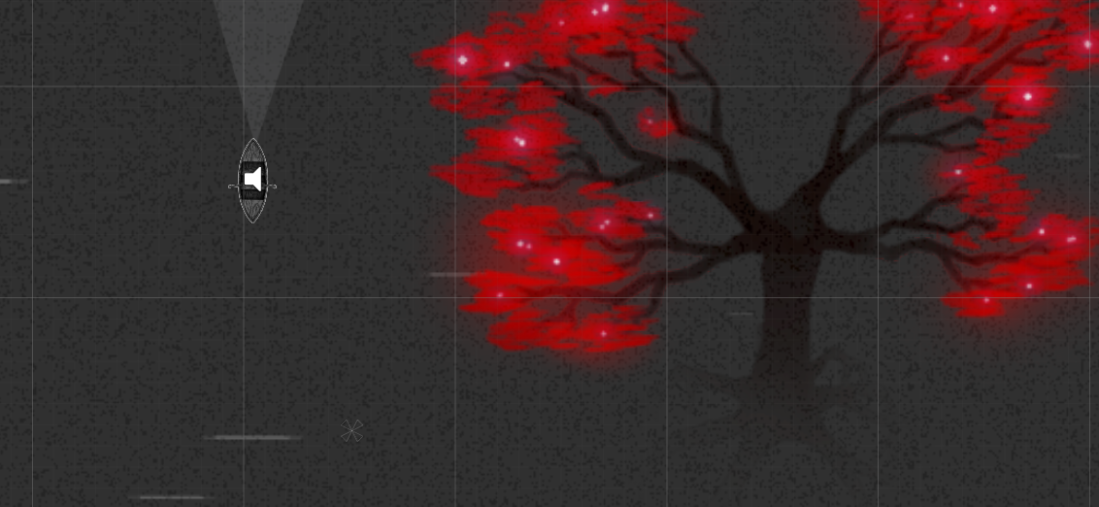The game is finally done! After 10 weeks of work we have created our first game as a group. To start this off I want to talk about why we chose to create a game based of the umibozu concept document. I really liked the aesthetic goal of umibozu. Mystery and excitement is very interesting. Our group felt like this was the concept that we could build upon. Our artists liked the style, the programming would not be too hard, and overall, the concept looked cool.
Many things have happened during the project, some things were good, and some things were bad. Some things that have gone well is the teamwork. Our group had meetings every weekday. We had sprint planning on Mondays and sprint review on Fridays. We kept this up during the entire project and this has helped keeping everyone on the same page.
As always, there are some things that have not gone well during this project. One of the biggest issues we had and did not realize was how we started thinking less and less about the aesthetic and more about making the game fun. This was something that made us add things the game didn’t need and remove things that helped the aesthetic but were not “fun”. This was something that happened over time as we got more and more attached to the project. This is something we should have realized earlier, and we should have looked at our game from a different view or contacted other people that were not in the project, so they could give us their view of the game. We wanted our game to be mysterious but instead it became confusing.
The game ended up not being what we were hoping it would be. The game didn’t make much sense. We did not explain any narrative in the game. we did a really poor job in teaching the players how to play. The players didn’t know what was going on most of the time when they played. If we made it clear to the players how they should play and what their goal is the game could have been a lot better. I think that this was the biggest reason the game was not very fun or enjoyable.
This project has been a mess from time to time but in the end, I am somewhat happy withour results. The game did not end up good but I learned a lot in the process. I realised that if we do not have a clear tutorial or explanation to what is happening the players will not enjoy the game as much. A confused player is going to have a hard time continuing with the game. This is our first game and we have room to fail and make mistakes, and I am very happy about that.


